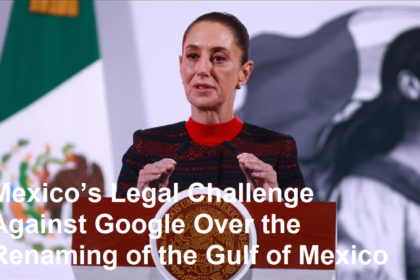On Tuesday, April 22nd, 2025, a significant wildfire erupted in the Greenwood Forest area of New Jersey, United States, rapidly consuming an estimated 3,200 hectares of woodland. This event serves as a stark reminder of the escalating threat posed by wildfires, particularly in regions vulnerable to climate change and increasingly facing prolonged periods of drought and high temperatures. While details regarding the precise origin of the Greenwood Fire are yet to be comprehensively released, its magnitude underscores the complex interplay of factors that contribute to wildfire outbreaks, demanding a multifaceted approach to prevention, mitigation, and response.
The scale of the Greenwood Fire necessitates a comprehensive examination of the ecological and socioeconomic impacts it is likely to engender. Environmentally, the destruction of 3,200 hectares represents a substantial loss of habitat for a variety of flora and fauna. This can lead to displacement of wildlife, disruption of food chains, and a reduction in biodiversity. The fire also releases significant amounts of carbon dioxide into the atmosphere, further exacerbating greenhouse gas emissions and contributing to the cycle of climate change. Furthermore, the degradation of the soil structure due to intense heat can increase the risk of erosion and landslides, potentially impacting water quality and downstream ecosystems.
From a socioeconomic perspective, the Greenwood Fire likely resulted in significant disruptions. The evacuation of residents living in proximity to the blaze, while a necessary safety measure, imposes a considerable strain on local resources and infrastructure. Property damage, though not explicitly mentioned, is a strong possibility, potentially impacting homes, businesses, and public utilities. The financial burden of firefighting efforts, including the deployment of personnel, equipment, and aerial support, can be substantial, straining local and state budgets. Moreover, the long-term economic consequences may include reduced tourism, decreased timber yields, and increased insurance premiums.
The Greenwood Fire also highlights the critical importance of proactive wildfire management strategies. Prevention efforts, such as public education campaigns promoting responsible fire behavior and the enforcement of fire safety regulations, are paramount. Equally crucial is the implementation of fuel reduction measures, including controlled burns and mechanical thinning, to reduce the amount of combustible material in the forest. These strategies, while often requiring significant investment, can significantly mitigate the risk of catastrophic wildfires.
Furthermore, rapid and coordinated response is essential in containing and suppressing wildfires. This necessitates a well-trained and equipped firefighting force, access to advanced technology such as drones and satellite imagery for fire detection and monitoring, and effective communication channels between different agencies and stakeholders. The speed and efficiency with which firefighters can respond to a wildfire can be the determining factor in preventing its escalation into a large-scale disaster.
Beyond immediate response and prevention, the Greenwood Fire underscores the need for a broader, more systemic approach to addressing the underlying drivers of wildfire risk. Climate change, with its associated rise in temperatures and prolonged droughts, is undeniably a major contributor to the increasing frequency and intensity of wildfires worldwide. Addressing this challenge requires a concerted global effort to reduce greenhouse gas emissions and transition towards a more sustainable energy future.
In conclusion, the Greenwood Fire of April 22nd, 2025, serves as a powerful case study in the complex challenges posed by wildfires. Its impact on the environment, the economy, and human communities highlights the need for a comprehensive approach to wildfire management that encompasses prevention, mitigation, and response. Ultimately, addressing the underlying drivers of wildfire risk, particularly climate change, is crucial for ensuring the long-term resilience of forests and the safety and well-being of communities in fire-prone regions. The lessons learned from the Greenwood Fire can inform future strategies and policies aimed at reducing the devastating impact of wildfires in the years to come.









